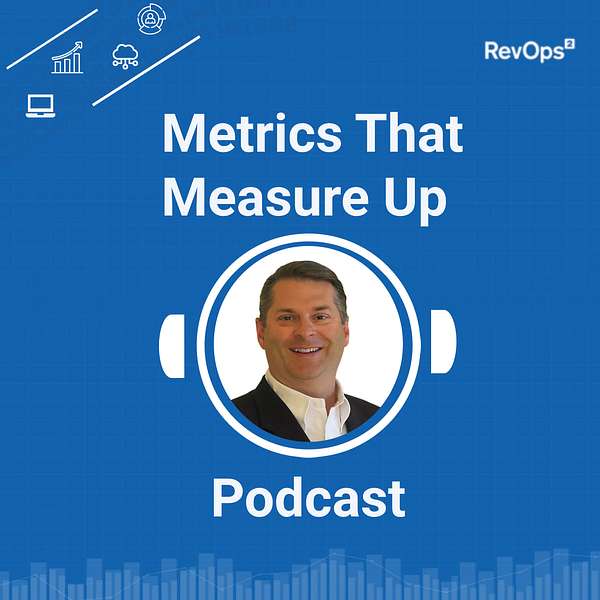
Metrics that Measure Up
Metrics that Measure Up
How Positioning impacts B2B Tech Revenue Growth - with Bob Wright, Firebrick
During 2020, over 96% of B2B SaaS companies updated their messaging and positioning to counteract the short and long-term impact of the pandemic.
Fortunately, there are experts on how to position your messaging and value propositions, including Bob Wright, Managing Partner at Firebrick consulting who has helped over 400 B2B tech companies develop and launch new positioning.
The first topic we discussed was why an outside consultant is required when the Chief Marketing Officer is well-positioned to led a messaging initiative. The answer was the expertise developed from conducting positioning with 400 different companies, an experience base that no single CMO can possess.
Bob highlighted why any positioning effort must start with the understanding that a cross-functional approach is critical to developing any new messaging platform. At the end of the day, messaging and positioning must be about the buyer, and that the messaging must be about the buyer, not about your product, and its feature/function.
Any positioning initiative must include sales and pre-sales consulting, in concert with customer feedback. Customer feedback is critical to gaining validation on the value that the buyer is receiving from your solution.
Being a "got to have" versus a "nice to have" is critical to success. One key example is the "digital transformation" inflection point that has opened the door to new, innovative vendors. One key to successful positioning is to ensure you align your value to the buyer's and reality, not to your assumptions.
B2B SaaS companies have to run three different businesses today including new customer acquisition, existing customer expansion, and retention. This dynamic requires a "spin" on each of these three revenue-generating motion's messaging. Though the foundation of the story needs to remain consistent, that words will need to resonate with the stated purpose.
Positioning must be directly linked to key performance metrics. Short term, it should center on increased revenue growth, higher selling price, and increased win rates. A second measurement is how external influencers, including industry analysts who start to use components of your updated positioning.
Positioning needs to be centered on the "buyer", and not industry analysts. Positioning must shift when speaking to the user versus the executive buyer. A short version will resonate best with users/buyers and a longer story is best for analysts and investors.
Operationalizing positioning needs to cover sales, marketing, services, support, and product. Having enablement, which includes a certification process that includes sales, services, and customer success is critical. Do not forget to communicate the updated positioning with customers and factor their feedback into enhancements.
Once everyone in the company is sick of hearing the new positioning, that is a great indication that it has stuck!
Lastly, we discussed a customer's return on positioning investment. This customer deployed a new "business-ready data" message, and within twelve months they increased ASP from $30K average contract value (ACV) to $70K ACV, and even closed eighteen new seven-figure deals in the two years following the updated positioning.
We closed with the keys to success which including ensuring creating new positioning is a cross-company process that the CEO owns, not drinking too much of your own kool-aid, and removing overused words like scalable, easy to use, flexible, agility, and collaborative - these words mean nothing anymore and worse are boring!
If your messaging and company are not standing out from the crowd, this is a great listen to hear the insights and advice from 400+ positioning programs.